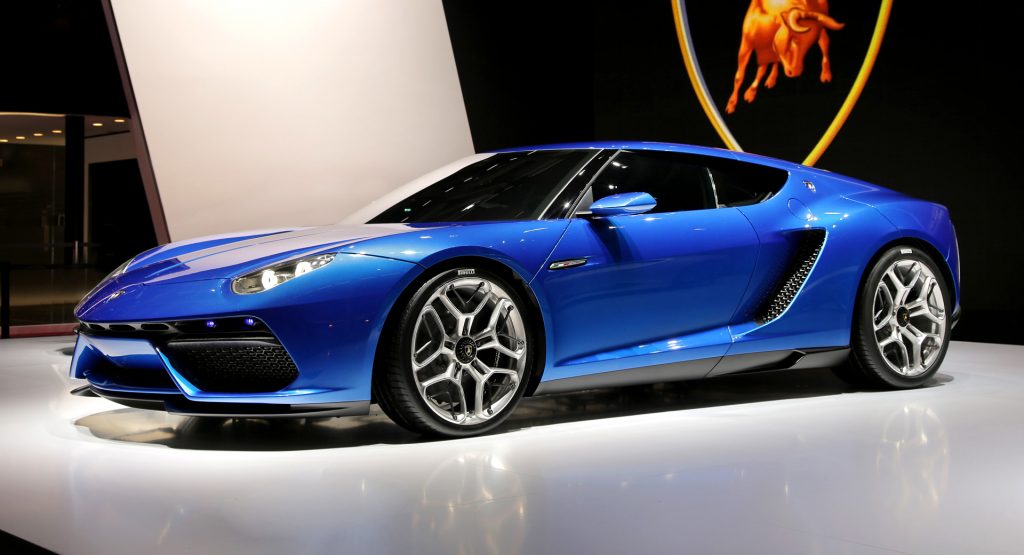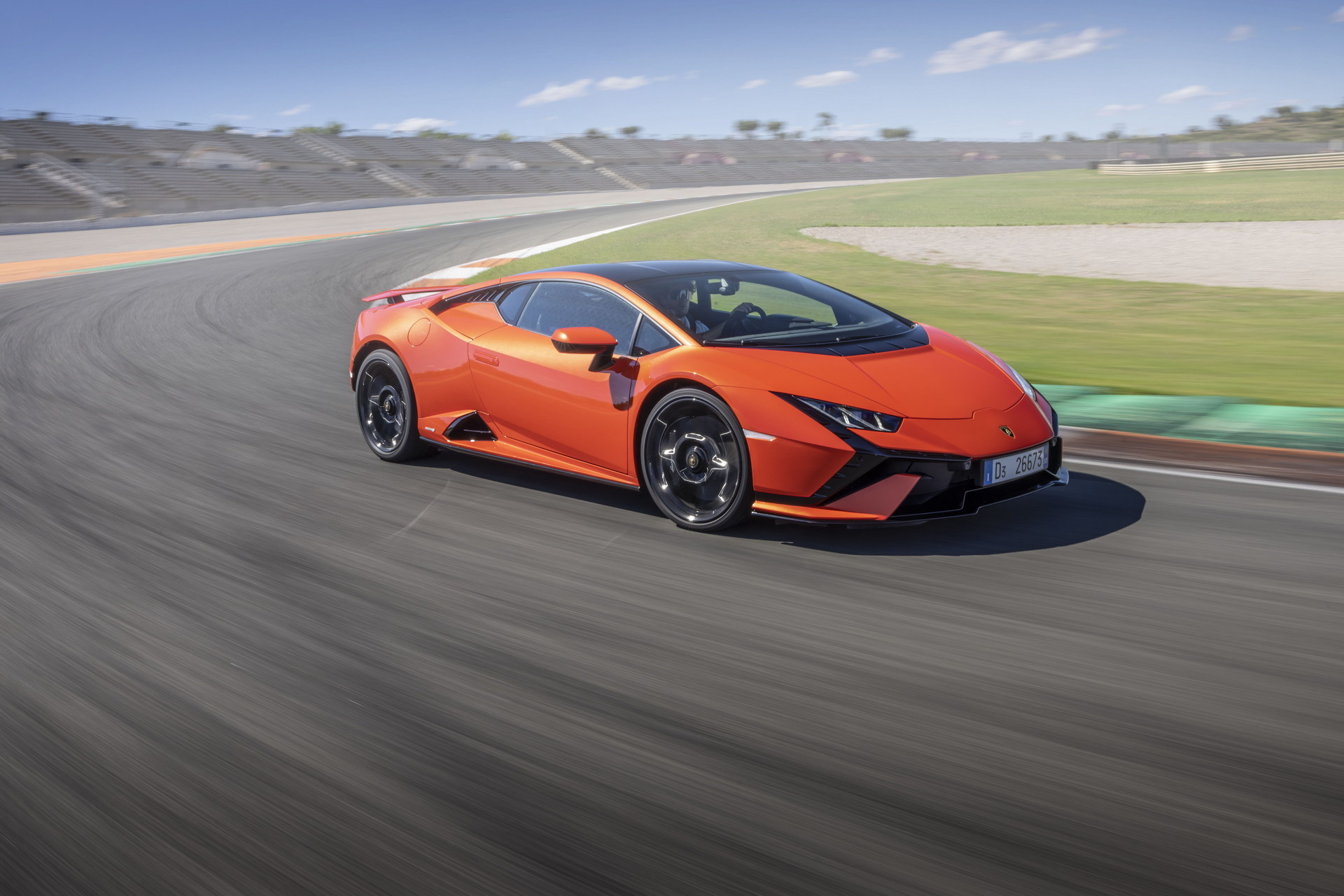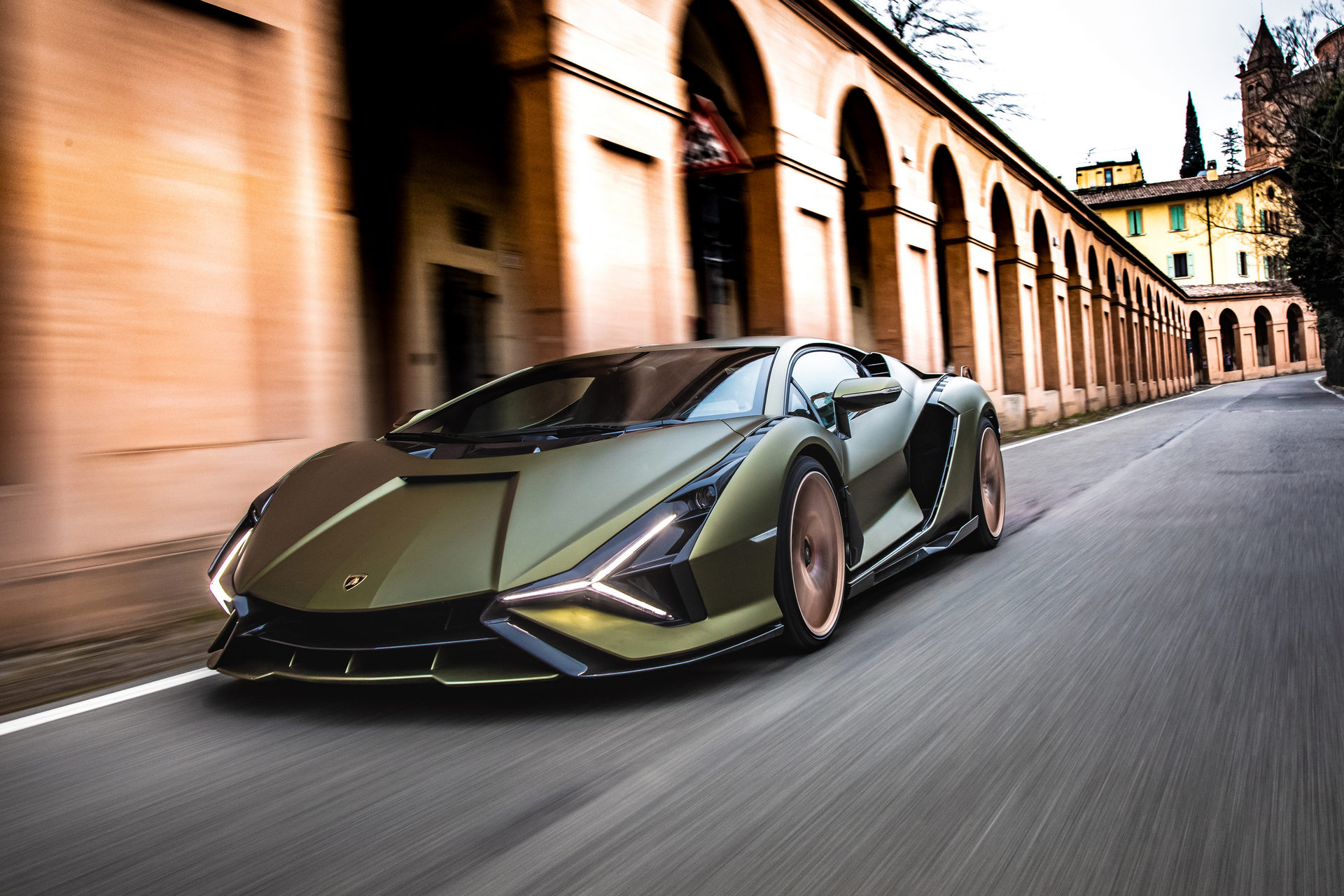By now it’s already widely known that even Lamborghini will have to go electric one day. The Italian automaker has already created a couple of hybrids, and it’s been said that the successors to all their current models will receive electrification in some form. By 2028, the brand is slated to debut their first all-electric model, but they don’t plan on losing any of their excitement anytime soon.
“What’s important is that in the future you will always see an emotional Lamborghini,” Lamborghini head of design Mitja Borkert told Automotive News Canada.
Read More: Lamborghini Betting Big On Electrification, Will Reportedly Invest At Least $1.8 Billion In Hybrids
Adding to that, Lamborghini America CEO Andrea Baldi said: “Clearly, when it comes to the noise [which] today is a great element, the hybridization will not take away that part. We have several years in front of us where the noise will still be there for at least three of our models. It’s one of the features our customers love. But also I think our customers are very much looking forward to seeing how Lamborghini will be able to transfer the DNA of a brand like ours into an electric car. So I’m not too concerned about that.”
They also mentioned that styling also plays a big part of what a Lamborghini is, and there won’t be a departure from the raging bull’s characteristic shape any time soon. Things like the cab-forward design and aggressive greenhouse proportions will remain the same despite there no longer being a powertrain that necessitates that shape. “It’s timeless. Our design DNA is so different to any other brand. We are doing the spaceships, in a way,” Borkert said.
See Also: Lamborghini Trademarks Revuelto Name, Could It Hint At Future Electric Model?
Be that as it may, they don’t plan on letting that stop them from experimenting with performance-enhancing opportunities that wouldn’t otherwise be present with ICE vehicles. One example they gave was with the car’s underfloor. With no exhaust or transmission components taking up space at the rear of an EV, there’s now room for aero components of a size that would be otherwise unfeasible on a traditional gas-powered vehicle.
As for how the characteristic sounds of the automaker’s 10- and 12-cylinder engines will be made up for in the electric age, Borkert suggested that “the cars will maybe sound like a spaceship, like a ‘Star Wars’ machine. I’m sure those cars will touch people, just in a different way than the cars touch you today.”





